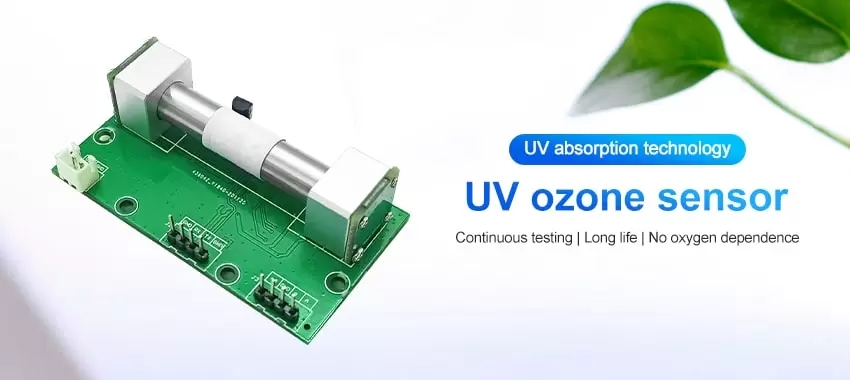Introduction to NDIR Sensor Modules
Non-dispersive infrared (NDIR) sensors have been widely used in various industries, including gas detection, indoor air quality monitoring, and automotive applications. These sensors measure the concentration of a gas by measuring the amount of infrared light absorbed by its molecules. Make it highly accurate and reliable. With the continuous development of technology. The NDIR sensor has come a long way over the years. Performance and versatility are improved.

Technical Overview of Recent Advancements
Recent advancements in NDIR sensor modules have focused on enhancing their sensitivity, reducing power consumption, and increasing their detection range. One of the significant developments is the use of a dual-wavelength optical design, which enables the sensor to detect multiple gases simultaneously with high accuracy. This design has been implemented in gas sensors to detect various gases, including carbon dioxide, methane, and carbon monoxide.
Another significant advancement in NDIR sensor module technology is the integration of microelectromechanical systems (MEMS) technology. This integration allows the sensors to be miniaturized and consume less power while maintaining their accuracy and sensitivity. MEMS-based NDIR sensors have been used in wearable devices, smartphones, and smart homes, making them highly accessible and practical for everyday use.
In addition, the development of wireless communication protocols such as Bluetooth and Wi-Fi. Connect NDIR sensors to the Internet to allow remote monitoring of gas concentration levels. This feature is particularly useful in industrial Settings. Dangerous gas leaks must be detected and dealt with immediately to prevent accidents. In addition, the use of artificial intelligence algorithms enables NDIR sensors to provide real-time data analysis and predictive gas concentration modeling.

Conclusion
NDIR sensor modules have undergone significant advancements in recent years, resulting in improved accuracy, sensitivity, and versatility. The integration of dual-wavelength optical design and MEMS technology leads to the miniaturization of sensors. It reduces power consumption while maintaining its performance. Advances in wireless communication protocols and artificial intelligence algorithms have further enhanced its capabilities. It has high applicability in gas detection and air quality monitoring.With these advancements, NDIR gas sensors can be expected to play a critical role in ensuring safety and environmental protection in various industries.
 : +86 155 8830 2704
: +86 155 8830 2704 : jxdziot@gmail.com
: jxdziot@gmail.com
